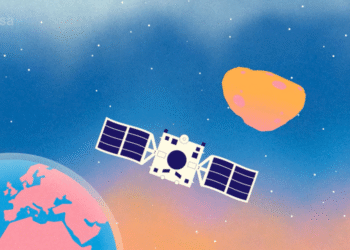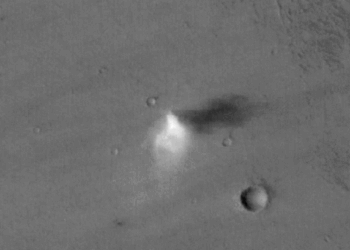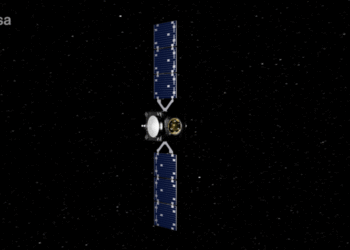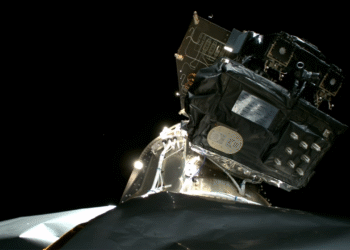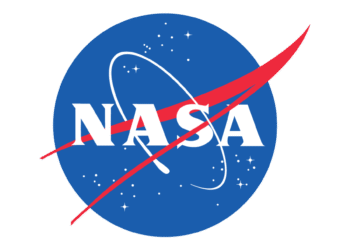The Lunar Trailblazer mission by NASA encountered a significant setback after losing contact shortly following its launch. Intended to study the Moon’s surface and help understand its water ice distribution, the mission was part of NASA’s efforts to advance lunar exploration.
Mission Objectives and Challenges
NASA designed the mission with specific goals, primarily focusing on mapping the varieties of water present on the Moon. The mission was expected to provide valuable insights that could support future lunar missions, particularly those involving human exploration. Unfortunately, a loss of communication meant the mission could not proceed as planned, presenting a major obstacle in NASA’s lunar exploration timeline.
Technical Issues
The spacecraft’s inability to maintain contact highlighted the challenges of space missions, where unforeseen technical issues can jeopardize the mission objectives. This incident underscored the importance of robust communication technology and contingency planning in future endeavors.
Implications and Future Plans
Despite this mission’s failure, NASA remains committed to lunar and planetary exploration. Future missions will likely incorporate lessons learned from this incident to bolster success rates. Ensuring reliable systems and backup plans is crucial for the continuation of NASA’s space exploration objectives.
For more details, visit the official NASA page.



